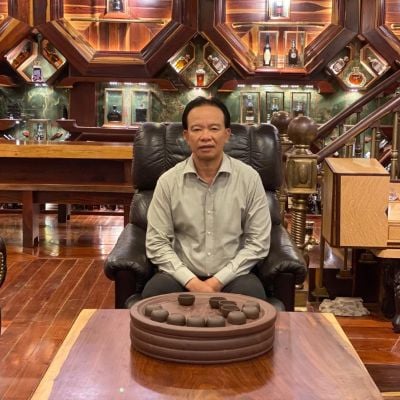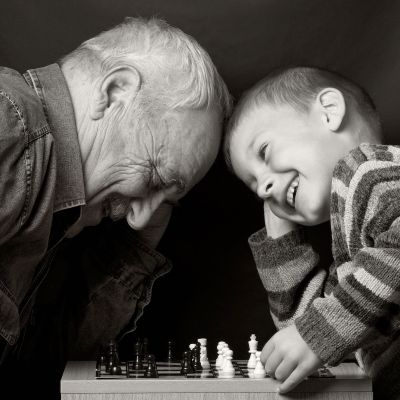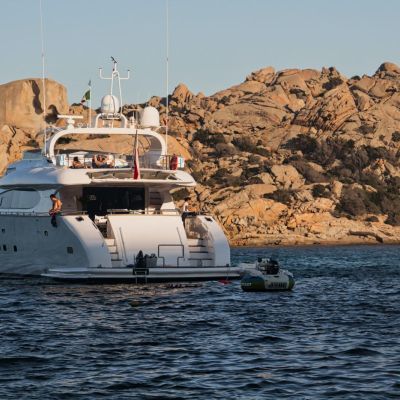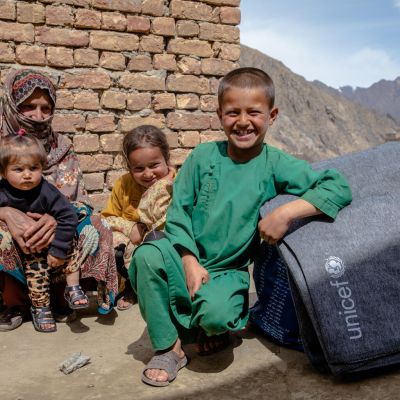Interview: Miguel McKelvey of WeWork
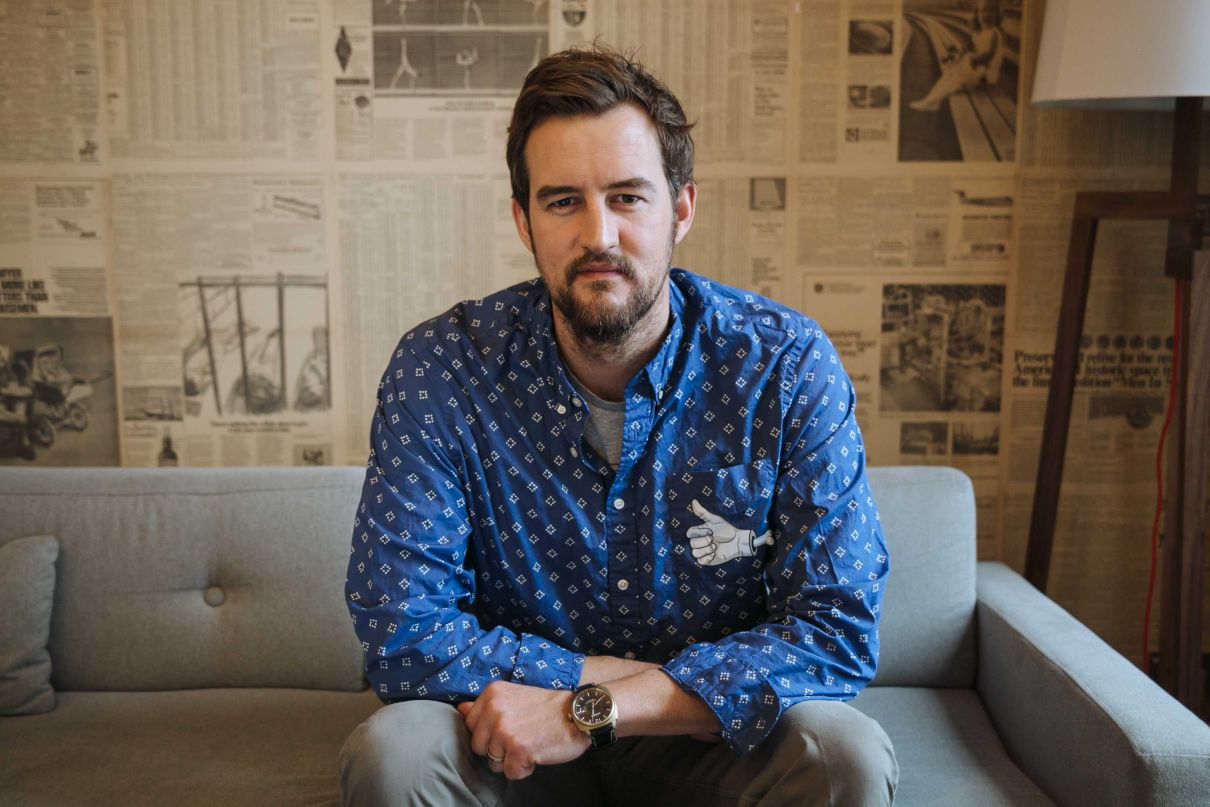
The billionaire founders of WeWork — a co-working space company — are disrupting corporate office homogeneity forever.

With his personalised Air Force 1s, check shirt and lumberjack beard, 43-year-old Miguel McKelvey could be easily mistaken for one of the co-working hipsters at WeWork.
And, in his opinion, this is exactly how it should be. Now worth US$1.66 billion just seven years after co-founding WeWork with his friend Adam Neumann, McKelvey still believes that success comes down to authenticity.
“For me [WeWork] is the full realisation of my skill set. I studied architecture, digital design, I understand community and I like to bring people together, so, for me, making these kinds of places is the best possible use of my skillset. Adam utilises his energy to help us think big and expand globally.”
If you really want to do it well, he adds, business has got to be a part of your life. “That’s something that I’ve always felt. I would be doing this if I didn’t get paid.”
And it shows. McKelvey’s role as chief creative officer of WeWork is to create the look and feel of each of the 130 WeWork offices, located in 30 global cities from Buenos Aires to Bengaluru. Today, WeWork has 90,000 members around the world renting hot desks and workspace from US$250 a month. Its mission – liberally emblazoned in neon motivational signage — is to “create a world where people work to make a life, not just a living”.
For him, attention to detail verges on obsession; as he leads a small tour around various floors of WeWork in Causeway Bay, Hong Kong, he points out the smallest details with love. There’s the custom wallpaper made up of tram tickets imprinted with slogans and vibrant pops of colour; and the pantries in the style of traditional street kiosks and the city’s steaming dai pai dongs. There’s subtle nods to the iconic Star Ferry in the custom-designed sofas, the curved bar counter with metal stud detailing and tiles repurposed from old Hong Kong buildings. McKelvey knows all of the illustrators who have created bespoke murals on the walls, ranging from salon-inspired lighting installations, to black-and-white depictions of a rose rising from concrete, to a zany space cat.

“As a small business you might not be able to get views like this or amazing assets, but as a part of WeWork you get everything that comes with being part of a collective,” he says. “Our best-case scenario is that people hang out in common areas, people feel happy, engaged and inspired.”
With this level of creativity, McKelvey and Neumann have hit upon an antidote to a growing frustration with the confines of a traditional work environment. A recent survey by CBRE showed that 70 percent of millennials in Asia-Pacific believed employers should put more thought into their working environment, while less than 50 percent of Hong Kong millennials were satisfied with their current office design and layout.
As the modern worker seeks a stimulating and comfortable environment, a place in which to create and conduct business, as well as to interact with friends and colleagues, a creative workspace can make a tangible difference in attracting and retaining the next generation of top talent. But it’s not just the millennial start-ups drawn to WeWork by the funky décor and the craft beer on tap. HSBC, one of Hong Kong’s largest corporate employers, occupies four floors — home to 600 staff — at the Causeway Bay office. McKelvey says it is a sign of the times.
“Yeah, this is the future of the way people work. The idea of having 30,000ft of drab lighting, grey carpet and cubicles is dying. If you want to compete for the best people, you need to be a place that is more responsive to human need, in the sense of being better designed, creating positive energy, engaging a sense of collaboration and creativity. Companies within their own corporate culture are realising that in order to attract a younger generation of professionals they have to make a cooler environment.”

He continues: “Going back 10 years in Silicon Valley, companies realised that the workplace could be a competitive advantage. It’s taken a long time for other industries to realise how important that is, but now we are seeing it. Now the banks of the world are trying to hire the same engineers that Google is. As a graduate if you go to a bank headquarters and it’s some really boring place, and you go to a cool fintech company with a community sense of openness and connectivity, it’s a competitive advantage for them. We think that everything will move this way over time.”
Growing up in Eugene, Oregon, McKelvey was a child of the golden timber boom and the subsequent recession that rocked small-town business in the Pacific Northwest. He attributes much of his success to the attitude of his mother Lucia. She joined forces with four other single mums to create a ‘collective’ of what McKelvey describes as “incredibly strong” women.
“Both Adam and I grew up in alternative families,” he recalls. “I grew up in a group of single mothers who were all supportive of each other and they built a community around their friendship. They were also entrepreneurs who started a business [founding a local newspaper] together. That was inspirational, especially the feeling that business is much more than business.
“Our backgrounds have put us in the right place at the right time and, so far, so good.”
This article originally appeared in the June 2017 issue of Billionaire themed on The Future. To subscribe contact

